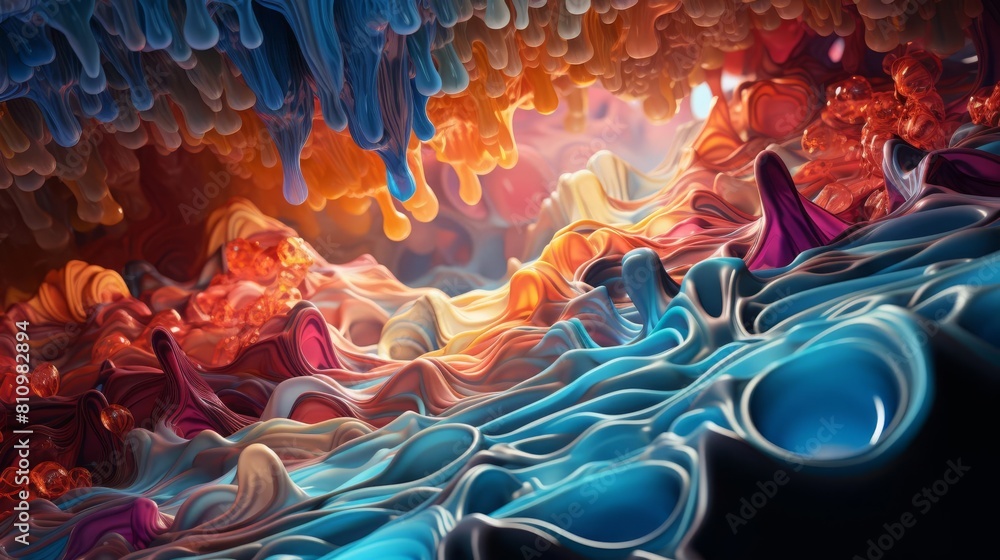
As we delve into the intricate world of skin biology, one might ponder: what compound plays a pivotal role in shielding keratinocytes—those critical cells that form the epidermis? It is an engaging thought that leads us to the fascinating interplay of molecules that protect our skin’s structural integrity. This exploration invites us to examine not only the identity of this key compound but also the broader implications regarding skin health and protection.
To unravel this enigma, we must first familiarize ourselves with keratinocytes. These cells, constituting approximately 90% of the epidermis, are paramount to the skin’s barrier function. They are subjected to a plethora of environmental insults—UV radiation, pathogens, and dehydration—making their protective mechanisms essential. Within this cellular milieu lies a remarkable compound known as filaggrin.
Filaggrin, a protein derived from the profilaggrin precursor, is essential for the terminal differentiation of keratinocytes. This compound plays a dual role, functioning both as a structural protein that facilitates the aggregation of keratin filaments and as a source of natural moisturizing factors. Its degradation produces free amino acids and other low molecular weight compounds that retain moisture within the skin, highlighting its significance in maintaining skin hydration and barrier function. Without adequate levels of filaggrin, keratinocytes become less effective in their protective capabilities.
Now, one might wonder: how does filaggrin’s function translate into real-world skin conditions? A compelling challenge arises when we consider genetic variations and environmental factors that can affect filaggrin expression. Individuals with diseases such as atopic dermatitis exhibit reduced levels of filaggrin, leading to compromised skin barriers and heightened susceptibility to irritants and allergens. This relationship between filaggrin and skin diseases underscores the importance of this compound not merely as a protector but as a biomarker for skin health.
Beyond filaggrin, several other compounds are integral to keratinocyte protection. For instance, the role of ceramides cannot be overlooked. These lipid molecules serve as vital components of the stratum corneum, enhancing moisture retention and creating a lipid barrier that protects against transepidermal water loss (TEWL). Ceramide synthesis is influenced by filaggrin, illustrating an interdependent relationship that emphasizes the complexity of skin protection mechanisms. When ceramide levels are adequate, they collaborate with filaggrin to create an environment conducive to healthy keratinocyte function.
Moreover, the impact of external factors such as environmental pollutants and UV radiation plays a critical role in damaging keratinocytes. Reactive oxygen species (ROS) generated from UV exposure can significantly affect keratinocyte viability. In response, the skin’s natural defense chemicals, including antioxidant enzymes and glutathione, are mobilized. These compounds work in conjunction to neutralize oxidative stress, thereby safeguarding keratinocytes from apoptotic pathways. This interplay illustrates the necessity of an adaptive response from the skin to environmental stressors.
Exploring the molecular arsenal of the skin, it becomes evident that the interplay between filaggrin, ceramides, and antioxidants is not only a matter of structural integrity but also an indicator of overall well-being. Yet, we confront a conundrum here: how can individuals enhance their skin’s protective capacity? What strategies might one employ to ensure optimal function of keratinocytes amid the onslaught of environmental challenges? A multifaceted approach is requisite.
First and foremost, a well-balanced diet rich in essential fatty acids, vitamins, and antioxidants can bolster the skin’s lipid barrier and enhance filaggrin expression. Foods abundant in omega-3 and omega-6 fatty acids, such as fish and nuts, promote ceramide synthesis, while vitamin C and E support collagen formation and antioxidant defense mechanisms. In synergy, these factors maintain a robust keratinocyte shield.
In addition, topical treatments infused with ceramides, hyaluronic acid, and vitamin-rich formulations can directly augment external skin defenses. Products designed to restore the skin barrier, particularly those that emulate physiological lipids, can be integral for individuals suffering from compromised skin conditions.
Moreover, sun protection is indispensable. The application of broad-spectrum sunscreens serves to minimize UV damage that jeopardizes keratinocyte viability. Regular usage can prevent the degradation pathways induced by oxidative stress, ultimately maintaining skin health.
Lastly, understanding the significance of hydration cannot be overstated. Moisturizing the skin not only aids in direct hydration but also enhances the function of keratinocytes, facilitating their role as frontline defenders against external aggressors.
In summation, filaggrin stands as a crucial compound responsible for shielding keratinocytes, owing to its multifaceted role in skin barrier function and hydration. Alongside ceramides and antioxidant defenses, it formulates a formidable protection strategy at the molecular level. Engaging with these insights offers a broader perspective on skin health, elucidating the challenges faced and the strategies available to ameliorate them. Armed with knowledge, one can foster a more resilient dermatological landscape, affirming the significance of nurturing our skin’s cellular foundations.
